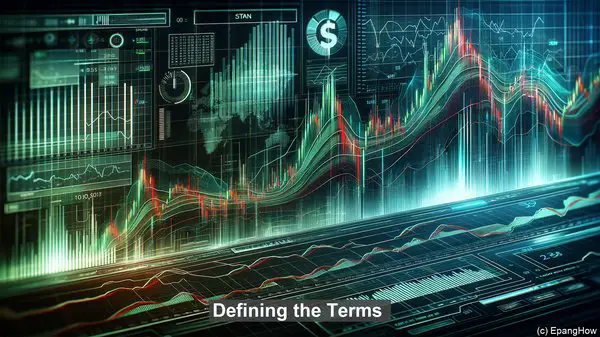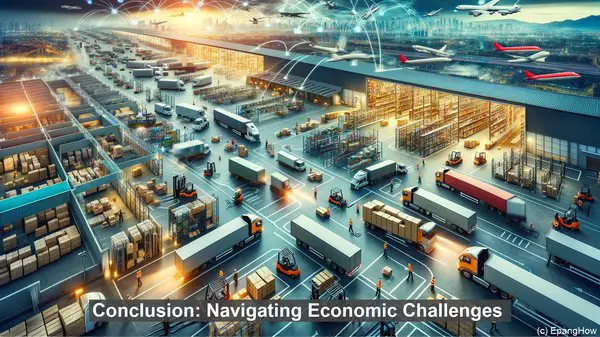Introduction: Setting the Stage
Hello everyone, and welcome to today’s article. Today, we’re going to explore two significant concepts in economics: liquidity traps and credit crunches. While both have implications for the economy, they differ in their causes, effects, and the strategies employed to address them. So, let’s dive in!
Defining the Terms
To start, let’s define what we mean by a liquidity trap and a credit crunch. A liquidity trap refers to a situation where interest rates are extremely low, and despite this, there is limited borrowing and spending in the economy. On the other hand, a credit crunch is characterized by a sudden reduction in the availability of credit, leading to a decline in borrowing and investment. While both scenarios involve a decrease in borrowing, the underlying causes and dynamics are distinct.
Causes and Triggers
A liquidity trap often arises when the central bank has already lowered interest rates to near-zero levels, and yet, there is little response from consumers and businesses. This can be due to a lack of confidence in the economy’s future prospects or a preference for holding cash rather than investing. In contrast, a credit crunch is typically triggered by a financial shock, such as a banking crisis or a sudden increase in default rates. These events create a risk-averse environment, prompting lenders to tighten their lending standards, thereby reducing the availability of credit.

Implications for the Economy
The consequences of a liquidity trap and a credit crunch can be far-reaching. In a liquidity trap, the economy may experience a prolonged period of low or negative growth, as the lack of borrowing and spending hampers economic activity. This can also lead to deflationary pressures, as the reduced demand for goods and services drives prices down. In contrast, a credit crunch can result in a severe contraction of economic activity, as businesses struggle to access the necessary funds for investment and expansion. This, in turn, can lead to job losses and a decline in consumer spending, further exacerbating the downturn.
Policy Responses
Given the divergent causes of liquidity traps and credit crunches, the strategies employed to address them also differ. In a liquidity trap, where conventional monetary policy measures like interest rate adjustments have limited impact, central banks may resort to unconventional measures. These can include quantitative easing, where the central bank purchases financial assets to inject liquidity into the economy. In the case of a credit crunch, policymakers often focus on measures to restore confidence in the financial system, such as providing guarantees for bank loans or recapitalizing struggling institutions.

